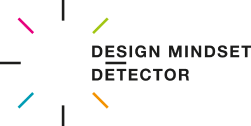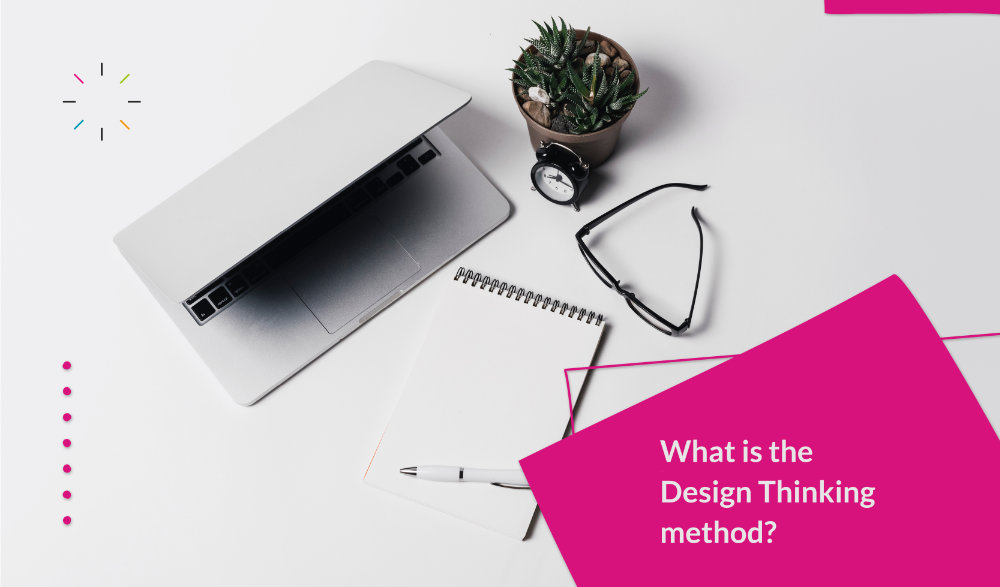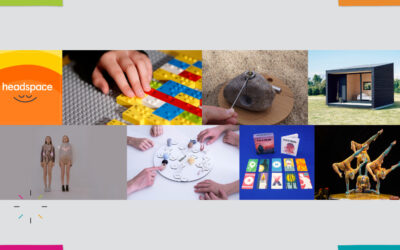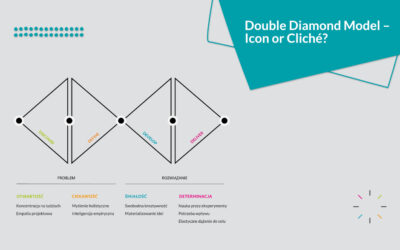Have you ever wondered how designers come up with their innovative ideas? How do they create concepts that are not only attractive but also functional, user-friendly, and often change the way we see the world? The key to their success is a method called “Design Thinking.”
Quick Links
- Design Thinking – What It Is and How It Works
- Design Thinking – Stages
- How to Apply Design Thinking in Your Company?
Design Thinking – What It Is and How It Works
Design Thinking is an approach to problem-solving that emphasizes understanding and meeting people’s needs. Instead of focusing solely on the technical aspects of a project, Design Thinking highlights the importance of empathy and creativity, involving users in the creative process and understanding their expectations and needs. This method consists of five main stages: empathy, problem definition, ideation, prototyping, and testing. In practice, these stages do not always follow a sequential order; they can be conducted in parallel and repeated in an iterative design process. The main goal of Design Thinking is to create innovative and effective solutions that can be applied in various fields, from product design to services and business strategy development.
Read also: Service Design Using Design Thinking
Design Thinking – Stages
Design Thinking prioritizes human needs. The main goal is to create innovative and functional solutions. The Design Thinking process consists of five key stages that combine deep user understanding, creativity, experimentation, and continuous iteration. Below, we explain each of these stages to show how Design Thinking can transform the design process.
1. Empathy
Empathy is the first and key stage of the Design Thinking process. It involves understanding the users’ perspectives – their needs, expectations, experiences, and problems. Understanding users’ emotions and motivations is crucial for designing products that are truly valuable and useful. This can include various research methods such as interviews, observations, or surveys.
2. Problem Definition
After the empathy stage comes the problem definition stage. It involves synthesizing the gathered information, identifying key problems, and formulating clear and specific design questions that will guide the next stages. The goal is to understand the real problem, not just the symptoms, and create a solid foundation for the creative ideation process.
3. Ideation
The third stage, ideation, involves generating a wide range of ideas to solve the defined problem. At this stage, there are no bad ideas – the goal is to create as many concepts as possible that could potentially solve the problem. This can be achieved through various techniques such as brainstorming, mind mapping, etc.
4. Prototyping
Prototyping is the fourth stage of Design Thinking. It involves selecting the most promising ideas from the ideation stage and transforming them into concrete, tangible products or concepts that can be tested. Prototypes can be simple models, sketches, storyboards, or even interactive demonstrations that help understand how the idea might work in practice.
5. Testing
The last stage is testing. In this stage, prototypes are presented to users to see how they react and what feedback they have. This allows the team to learn what works and what doesn’t and understand how the product or concept can be improved. Depending on the results, the team can return to any previous stage. This could mean going back to the empathy stage to gather more information, returning to ideation to create new solutions, or iterating the prototype to improve its functionality and usability.
How to Apply Design Thinking in Your Company?
Applying Design Thinking in a company requires a shift in mindset and organizational culture. The first step is to introduce a culture of empathy and understanding for the customer. All decisions, from product creation to marketing strategy, should be made from the customer’s perspective. Next, the team should learn to effectively identify and define problems instead of focusing only on solutions. The ideation process should be open, creative, and encourage out-of-the-box thinking. The company should also invest in developing prototyping and testing skills, enabling teams to quickly create and verify ideas. Finally, organizations should embrace a culture of iteration and continuous learning instead of expecting perfect solutions right away.
Read also: Building an Effective Project Team
Implementing Design Thinking may require training, workshops, or even collaboration with external experts, but the benefits can be significant, leading to greater innovation, better customer understanding, and stronger market competitiveness.
Want to check your predispositions needed for the Design Thinking approach to develop them further? Try our Design Mindset Detector™ test – Predisposition Test





